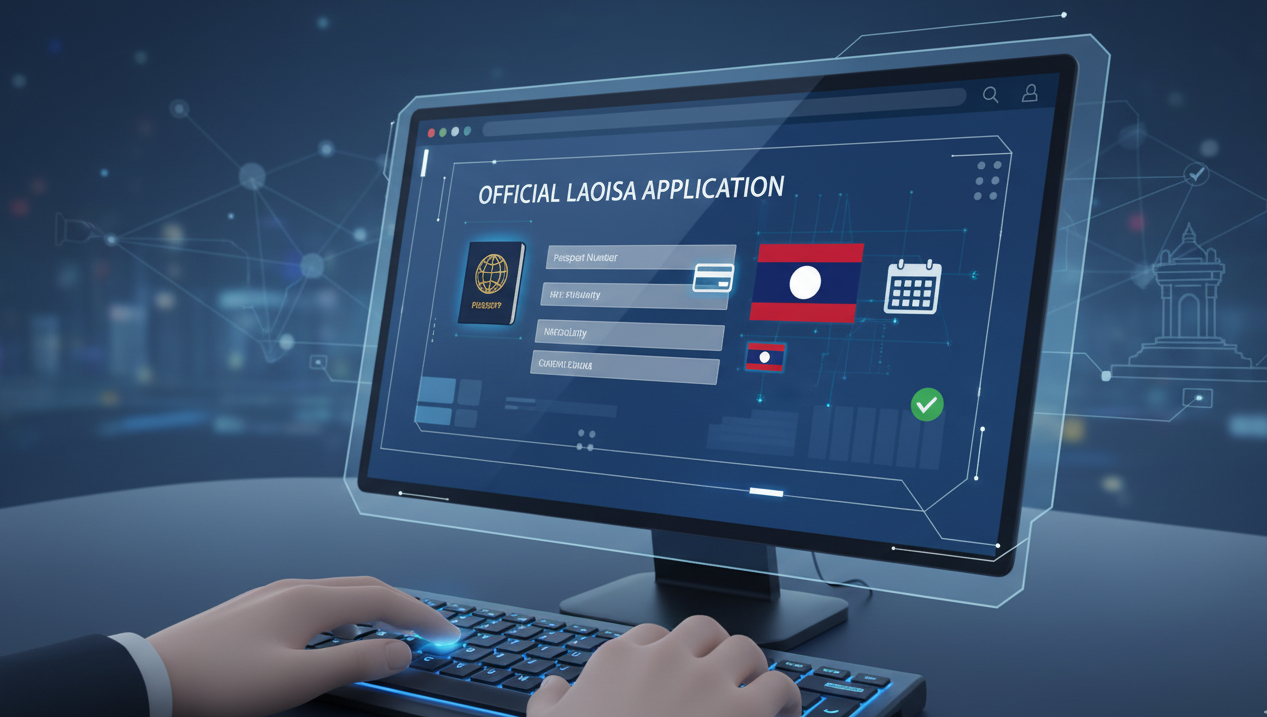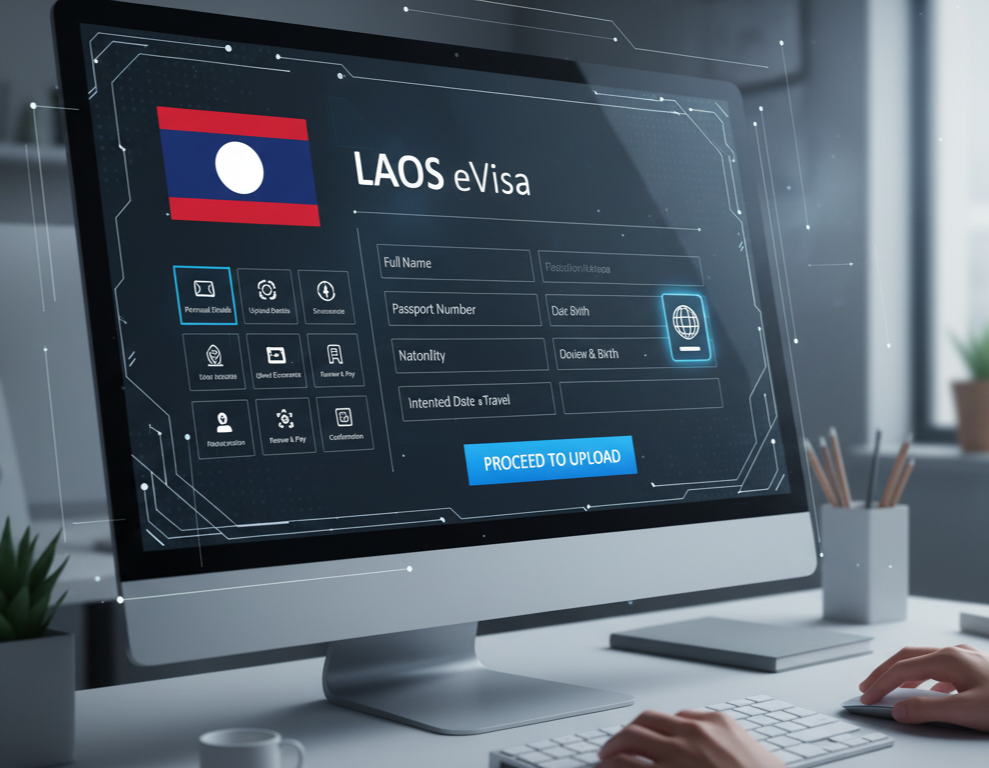Understanding Your Visa Approval Document, Navigating the world of visas can feel complex, but understanding the final step—receiving your approval—is crucial. After completing the lengthy application and interview process, the document you receive is your key to international travel, work, or study. This guide will explain the importance of your visa approval document and offer essential tips for a smooth process from start to finish.
Overview of Visa Approval Documents

A visa approval is more than just a stamp in your passport. It signifies that you have met all the legal requirements to enter a foreign country for a specific purpose and duration.
Definition of a Visa Approval Document
A visa approval document is the official confirmation that your application has been successful. This can take several forms. It might be a physical visa foil placed in your passport, an official approval notice letter from an immigration agency like USCIS (U.S. Citizenship and Immigration Services), or an electronic notification. This document contains vital information, including the visa type, validity dates, and any specific conditions of your stay. It serves as legal proof of your right to enter and remain in the country.
Types of Visa Approval Documents
The format of your approval can vary depending on the country and the type of visa:
- Visa Foil/Sticker: This is the most common form, physically affixed to a page in your passport.
- Approval Notice (e.g., Form I-797 for U.S. visas): This is a letter sent by the processing government agency. It often precedes the actual visa stamp and is a critical part of the overall visa approval document package, especially for work visas like the H-1B.
- Electronic Visa (e-Visa): Some countries issue digital visas that you print out and carry with your passport.
- Email Notification: An official email confirming your visa has been approved, often instructing you on the next steps, such as passport submission for stamping.
The Visa Application Process
A successful outcome depends on a meticulous approach to the visa application process. Understanding the key stages helps prevent common errors that can lead to delays or denials.
Key Steps in the Visa Application Process
- Determine Visa Type: Identify the correct visa category for your purpose of travel (e.g., tourist, student, work).
- Complete Application Forms: Fill out all required forms accurately, such as the DS-160 for U.S. nonimmigrant visas.
- Gather Supporting Documents: Collect all necessary paperwork, including your passport, financial statements, and letters of intent or sponsorship.
- Pay Application Fees: Pay the required visa fees through the designated channels.
- Schedule and Attend Appointments: Book and attend your biometrics appointment and visa interview.
- Wait for a Decision: After your interview, the consular officer will decide on your application.
Common Mistakes to Avoid
- Incomplete or Inaccurate Forms: Double-check every field on your application. Small errors can cause significant delays.
- Insufficient Supporting Evidence: Failing to provide proof of funds, ties to your home country, or other required documents is a common reason for denial.
- Missing Deadlines: Pay close attention to submission deadlines for documents and fee payments.
- Failing the Interview: Be prepared to answer questions about your trip and background honestly and confidently.
Visa Status Check
The waiting period after your interview can be stressful. Fortunately, most countries provide a way for you to check the status of your application online.
How to Check Your Visa Status

You can perform a visa status check using the official government website of the country you applied to. For U.S. visas, you can use the Consular Electronic Application Center (CEAC) website. You will typically need your application ID or case number and your passport number to access your status. The status will update from “Ready” to “Administrative Processing” and finally to “Issued” or “Refused.”
Importance of Keeping Track of Your Visa Status
Regularly checking your visa status keeps you informed of any updates or potential issues. If your status changes to “Administrative Processing,” it may mean your application requires further review. If it is “Issued,” you know your visa approval document is on its way. This allows you to plan your travel and next steps accordingly.
Approved Chinese Embassy Visa Document Submission
Each country has unique procedures. For example, if you are applying for a visa to China, you will need to follow a specific process for document submission after approval.
Requirements for Submission
After receiving notification of approval, the approved Chinese embassy visa document submission process typically requires you to submit your physical passport to the embassy or a designated Visa Application Service Center. You may also need to provide your application confirmation page and proof of appointment.
Tips for a Successful Submission
- Use a Secure Courier: When mailing your passport, use a trusted courier service with tracking to prevent loss.
- Check Processing Times: Be aware of the embassy’s processing time for stamping the visa into your passport.
- Include All Required Items: Double-check the embassy’s checklist to ensure you have included everything, such as a self-addressed return envelope if required.
Documents Needed for Specific Visa Types
The required documentation can differ greatly depending on the visa category. Below are examples of common U.S. visa types.
H-1B Visa Documents
The H-1B visa is for specialty occupation workers. The employer first petitions on behalf of the employee.
- Required Documents for H-1B Visa Approval: The core of the H-1B application is the Form I-129, Petition for a Nonimmigrant Worker. The key visa approval document at this stage is the Form I-797, Notice of Action, which confirms the petition’s approval by USCIS. You will need this notice to apply for the visa stamp at a U.S. consulate.
- H-1B Visa Approval Document Delivery Information: The Form I-797 approval notice is mailed to your employer or legal representative. Once received, you will use it to schedule your visa interview and present it to the consular officer.
O-1 Visa Approval Documentation
The O-1 visa is for individuals with extraordinary ability or achievement.
- Necessary Documents for O-1 Visa Approval: Similar to the H-1B, the process starts with a Form I-129 petition filed by an employer or agent. The primary visa approval document is also the Form I-797 approval notice from USCIS. Your petition must include extensive evidence of your extraordinary abilities, such as awards, publications, and letters of recommendation.
Visitor Visa Approval Documentation
The B-1/B-2 visitor visa is for tourism, business, or medical treatment.
- Documents Needed for Visitor Visa Extension: If you are already in the U.S. on a visitor visa and wish to extend your stay, you must file Form I-539, Application to Extend/Change Nonimmigrant Status. The approval comes as a Form I-797, which serves as your visa approval document for the extended period. You must provide a valid reason for the extension and prove you can support yourself financially.

